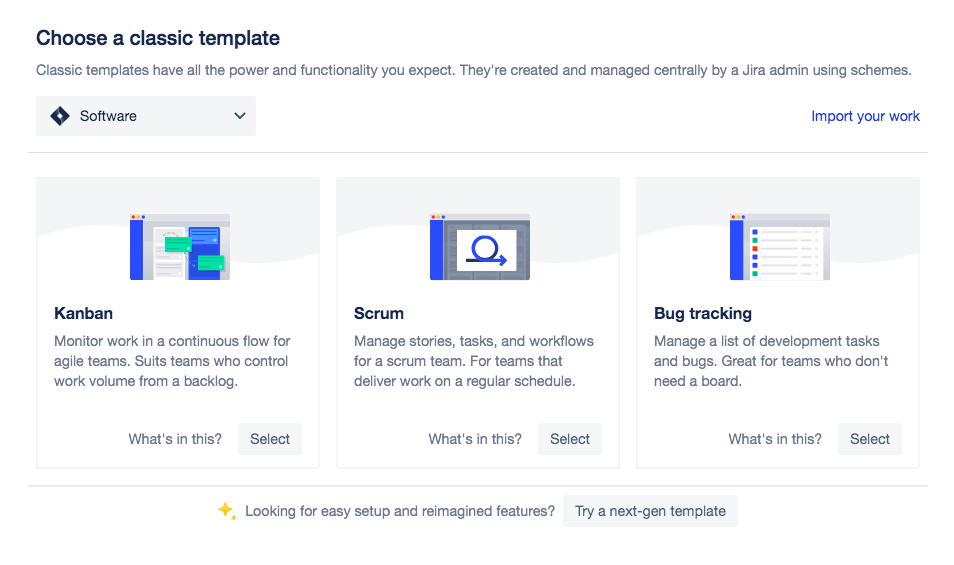Kanban is a critical tool for a successful Product Manager. The top benefits of Kanban include clarity of purpose, clear picture of the project status, etc.
We will proceed to the full list in a minute. Let’s go over the basics first. Ability to use tools such as Kanban is one of the necessary skills for a Product Manager.
Kanban is one of your best friends when you want to follow the Agile Methodology.
Benefits of a Kanban Board – Background
It is a visual scheduler of your tasks, that was first developed by Toyota to efficiently manage its manufacturing processes. Toyota’s success popularised the Kanban system of scheduling tasks and it became especially popular in the world of software development. This is a great example of why any good Product Manager should be product agnostic.

So what is Kanban? What is Kanban agile? For development teams, it is generally a visual board with a list of tasks scheduled one after the other. It can be both digital as well as non-digital. Digital Kanban boards can be built in tools like Jira.
Check out the top 10 must know product management tools.
Physical Kanban boards or offline Kanban boards can be built anywhere, let’s say on a wall or a whiteboard. You can then use stick notes on the Kanban board with each stick note denoting one task.
When to use Kanban? Depends on your organisation structure. For example, some teams that are in highly regulated industries struggle to keep up with the fast moving nature of a Kanban board.
Do you know what makes Elon Musk such an effective Product Manager?
Top 15 Benefits of Kanban
Now, let us go over the full list of top 15 benefits of Kanban. These Kanban principles are irrespective of industry –
1. Kanban Board
Kanban board provides immense clarity of purpose. It is one of the main advantages of the Kanban system.
All team members know their tasks. And all scrum team developers know other team members’ tasks.
Developers also get the advantage of knowing the entire backlog of their tasks as it is right in front of them.

2. Clear Picture of the Project Status
Visual status tracker helps the Product Manager keep a visual check on the progress.
This is also important for senior leadership, who do not want to spend time going through project reports.
The Kanban report is especially helpful here.
3. Integration with PM Tools
The Atlassian Jira ecosystem integrates beautifully with the Kanban approach.
Check out a helpful Jira tutorial here!
It is a widely understood Kanban board online tool and is easily customisable.
In fact, as soon as you create a project in Jira, it gives you an option to select a template.
The first option for the templates is the Kanban template as shown below.

Here is a full list of the top 10 must know product management tools.
4. Fast feedback loop
Enables quick turnaround for the entire projet.
If a new requirement comes in from Business or the Business wants to modify the existing requirement. Then, the Product Manager can do the prioritization within the Kanban board itself.
Moving around tasks/issues in the Kanban board gives everyone a heads up of a change in prioritization.
5. Clear Communication
Everyone is on the same page.
Don’t forget to communicate like a boss PM.
There is less of a communication gap between the different stakeholders. Everyone, including the Business team, is on the same page.
This is a big advantage for developers who often complain of a lack of prior information.
6. Continuous flow of development
No fixed sprints.
The continuous flow of development is a major benefit of the Kanban system.
It is almost like a conveyor belt model or factory model, wherein tasks/issues keep on getting removed from the board when they are completed or deprioritized.
Similarly, tasks and issues keep on getting added to the board as and when they are identified.
7. Continuous delivery
No pre-fixed release schedule.
This is one of the critical benefits of Kanban.
As soon as a feature or a task is completed, it is delivered to Business.
This creates immense value for the business as feedback and re-assessments can happen in near real time.
Continuous delivery also is a major advantage for Product Managers as they have something to showcase to their stakeholders.
This is also a good time to check out the differences between Agile and Waterfall.
8. Flexible
Tasks can be changed at any time.
Even though frequent changing of tasks is not good, but sometimes it is unavoidable.
Product Managers should try their best to limit the frequency of task changes.
However, in a rapidly evolving product or during a change in stakeholder preferences, the Kanban board affords immense flexibility to the entire team.
9. Enhanced Productivity
Due to clear task assignment.
Everyone, including the developers and the produc team, feel an enhanced sense of productivity.
This is because their is a visual marking of a “Done” task.
This serves as an instant gratification for the senses!
Check out the list of top 9 product management courses.
10. Better Delivered Product
Due to constant feedback, the quality of the delivered product is amazing.
This is an additional benefit of the constant feedback that you get with the continuous development and delivery lifecycle.
As a Product Manager, make sure you act as a buffer between Business and developers.
You need to filter the feedback and only pass on what is beneficial for the product.
11. Prioritisation
Tasks already ordered by priority.
This is an inherent benefit of the Kanban system.
Priority is in-built and you don’t need countless meetings to prioritize tasks.
A streamlined board with tasks added or removed automatically helps in prioritizing tasks.
12. Team Bonding
Everyone feels they are in it together.
This is a small benefit but should not be ignored.
A Kanban team feels more engaged and raring to go.
This also flows from the fact that completed tasks are moved to the “Done” bucket.
And as mentioned earlier, this results in instant gratification.
Bonus – Do you know how to influence without authority?
13. Simple
Not complex, straightforward visual board.
Always remember the KISS principle.
Complexity and Kanban are tww completely opposite words.
If your product is extremely complex, then you should explore the Scrum system, not the Kanban system.
I also recommend going through the top 15 benefits of Scrum. This should give you a good perspective into Kanban vs Scrum.
14. Anyone Can Own It
No defined ownership leads to less confusion.
But, you should be clear about Product Manager vs Product Owner and Product Manager vs Project Manager.
No defined ownership does not mean that nobody owns it.
You need to pick an owner, and that person generally is the Product Manager.
15. Accessible Information
You don’t need to reach out to anyone, every information is available on the Kanban board in front of you
There you go! These are the immense benefits of Kanban.
Additionally, you should have a good strategy in place. Strategies such as Google’s OKR Framework can immensely help you to identify the right opportunities. Learn how to grab opportunities like Warren Buffett!
Don’t you already feel better organised?

You can also check out this helpful intro to Kanban here.
Conclusion – Kanban Board Agile
This should have given you a good idea about the Kanban methodology. Also, there are many Kanban tools and Kanban software that you can use for managing your scrum teams. You are the only one who can decide which tool works best for you. But no matter which tool you choose, each has its inherent advantages and disadvantages. So the key is simply choosing a tool and using it to its full potential for your Kanban planning.
Keep your Kanban agile – don’t make the mistake of doing Kanban project management or Kanban product management in Excel.
Bonus, learn how to do effective product management during difficult times.
Other online resources include –
Follow me on Twitter for the latest updates.
Do subscribe to my monthly newsletters on how to become a winning Product Manager.



